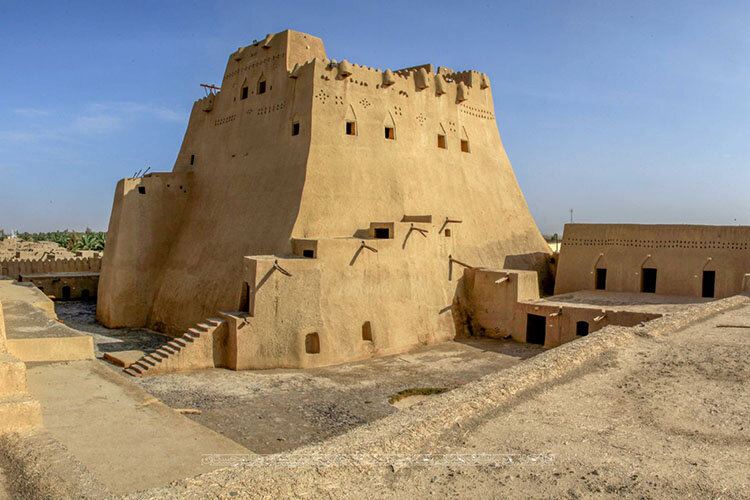37 historical forts in southeast Iran damaged by heavy rainfall

TEHRAN - Heavy rainfall in Iran’s Sistan-Baluchestan province has caused significant damage to 37 historical fortresses and structures, according to a tourism official.
Mojtaba Sa’adatian stated that recent intense rainfall has led to damage to numerous historical sites, fortresses, and structures across the province, particularly in southern regions.
He added that although field assessments by experts have not yet been fully conducted, initial evaluations and reports from various districts indicate that these structures have suffered partial to extensive damage, ranging from 10% to 40%.
Moreover, the official noted the possibility of this figure increasing as assessments continue.
For instance, Saadatian mentioned that fortresses such as Konat-e Saravan and Anoushiravan Chabahar have incurred 30% damage, including the destruction of mud structures, wall collapses, and water infiltration into the historical sites.
Efforts to assess and mitigate the impact of the rainfall on these historical landmarks are underway, with authorities urging prompt action to preserve and protect these invaluable cultural heritage sites.
The province of Sistan-Baluchestan, encompassing Sistan in the north and Baluchestan in the south, represents one of Iran's driest regions, characterized by a gradual increase in rainfall from east to west and a notable elevation in humidity along its coastal areas. Historically, the region served as a crossroads between the civilizations of the Indus Valley and Babylon.
Strategically positioned as a transit hub, particularly with the presence of Chabahar, Iran's sole ocean port, Sistan-Baluchestan holds immense significance. Chabahar serves as the primary gateway for Middle Asian countries to access open waters.
Rich in archaeological treasures and natural wonders, Sistan-Baluchestan boasts several notable sites, including two UNESCO World Heritage sites: Shahr-e-Soukhteh (Burnt City) and the Lut Desert. These landmarks add to the province's allure, attracting visitors with their historical and environmental significance.
AM
Leave a Comment